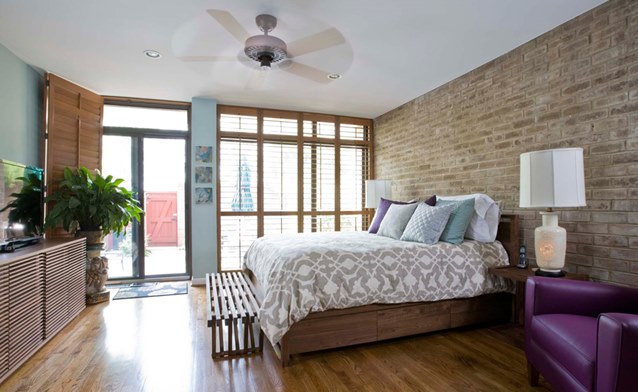What Should You Know When Remodeling an Historic Home?
Featured Hill Rag Article by Bruce Wentworth
An article about historic home remodeling by Bruce Wentworth is featured in the September 2017 issue of Hill Rag. Below is an excerpt we hope you find helpful:
While remodeling historic homes in this area is quite popular, there are many key aspects to remodeling that homeowners are not initially aware of. Here is a brief look at five things every homeowner should know about before remodeling an historic home. General knowledge of each of them can save time and money during a remodel.
1. Zoning
Zoning is a key first step when deciding to remodel, especially if the homeowner wants to add rooms or another level to their home – options that are very common in historic Washington rowhouses. Homeowners should find their house-location survey, also known as a plat. Usually homeowners receive this document at closing. It is a document drawn by a professional surveyor that shows the dimensions of buildings on the property, where they are situated, and the restrictions on how much can be added in each direction. This is essential for knowing the basic physical limitations to projects. It will also help reduce the shock or disappointment if the architect tells them their dream is not possible. Hiring an experienced architect is a safe way to avoid unnecessary zoning issues when remodeling.
2. Budget/Design
Next, the homeowner should not just consider what is physically possible, but know what is financially possible as well. Remodeling is an expensive undertaking, and remodeling an historic home can be even more expensive. The scope of work is congruent with how much money the homeowner wants to spend. Once they have a dollar figure, they will realize how much work can be done.
I sometimes recommend that remodeling be completed in phases to suit the budget restrictions of the client. Remodel the kitchen one year and then the master suite two years after that. As soon as the budget and scope are finalized, consider a design that fits your taste.
Historic homes offer great bases for both traditional and contemporary styles. The design is up to the homeowner, and when working with an architect or designer, they should create “idea books” in order to give professionals a glimpse of what their aesthetic is. These often take the form of online sites such as Houzz or Pinterest – or a collection of magazine cutouts.
3. Approvals
Even though the homeowner may have figured out the zoning and design, the design must meet certain criteria. Washington has many historic districts, and it is crucial to seek approval from that particular district before beginning the permitting process. Historic districts are known for having very strict guidelines when remodeling, especially if there is exterior work.
Many homeowners believe that skipping the permitting process can be a way to streamline their project and complete it more quickly. That is true, but if they conduct work without a permit, the homeowner’s insurance might not cover damages due to unlicensed and unpermitted work. Permitting may be strenuous, but in the long run it is necessary.
Read the rest of the article »

Interested in seeing more old and historic home remodels in the Washington, DC area? View our photo gallery, and get in touch with our award-winning team today if you’re ready to discuss your remodel!







